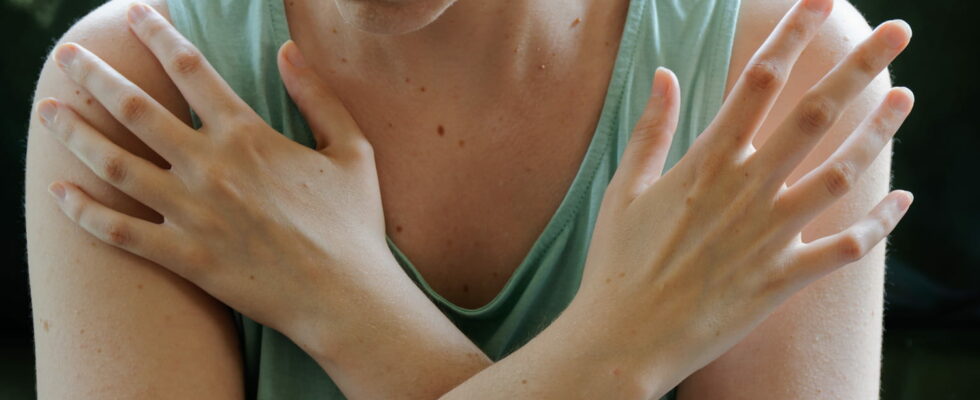A gesture that young and old should know in case of stress and/or anxiety.
Stress can affect everyone, but each person reacts differently. For some, it is paralyzing, suffocating, preventing them from speaking, moving, moving forward or even leaving their home. Anxiety is another psychological scourge that also ruins the daily lives of many people. Against these negative emotions, everyone has their own little “tricks”: breathing techniques, essential oils, soft music… but another self-soothing technique can also help to regain a feeling of calm and security, whatever the situation and the place. It is called the “butterfly hug”. “To manage the stress of going back to school, now is the time to discover or rediscover the Butterfly Hug. It is an effective technique to better manage a negative emotion.” recalls Dr. Claire Mounier-Vehier, cardiologist at the Heart and Lung Institute of the Lille University Hospital, on her account Linkedin.
The butterfly hug was invented in 1997 to help survivors of Mexico’s Hurricane Paulina. “It has helped relieve symptoms related to post-traumatic stress and anxiety. Today it is an aid for problems falling asleep, panic attacks, stressful situations, the announcement of bad news, emotional first aid” supports the cardiologist who founded “Acting for Women’s Hearts”.
The butterfly hug is done in 3 steps:
- Sit comfortably or stand with your legs firmly planted.
- Cross your hands and place them on the top of your chest. Your fingers are under your collarbone (they represent the butterfly’s wings). Interlock your thumbs to form the body of the butterfly. Alternatively, spread your hands a little wider so that they touch your shoulders.
- With one hand and then the other, tap your chest. At the same time, visualize something positive and breathe deeply. Do this for 5 to 10 minutes.
The butterfly hug can be used by both therapists and individuals themselves to reduce anxiety and stabilize emotions (below is a demonstration by psychologist Anais Galard).
“Alternating bilateral stimulation combined with positive visualization helps to relax, but also to relieve stress and anxiety.” explains Dr. Mounier-Vehier. In addition to the “butterfly hug”, other self-soothing techniques can be used in the long term, such as cardiac coherence and/or mindfulness meditation.
